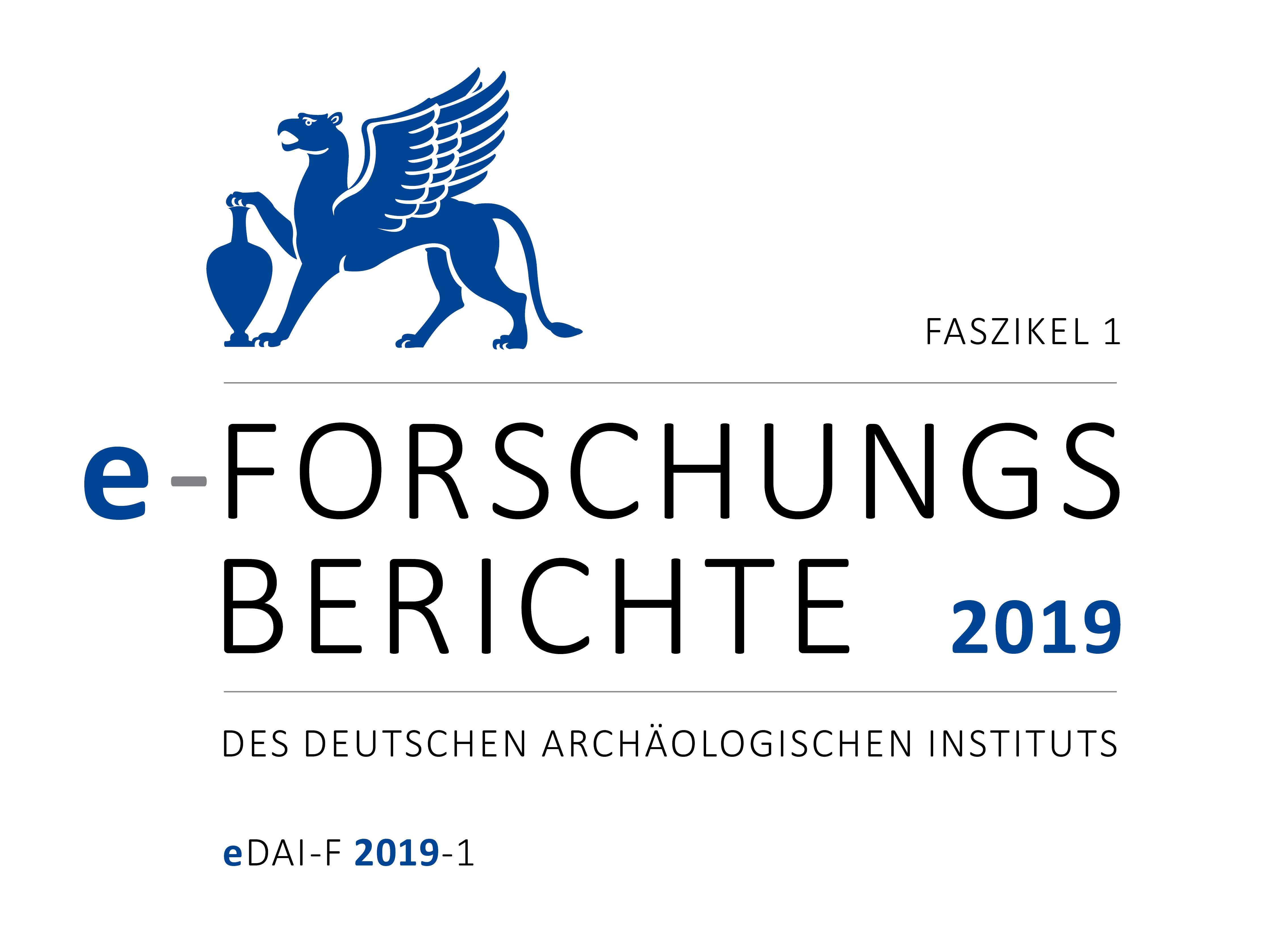Hokkaido, Japan. Archäologie in der Region Hokkaido: Klimawandel und Besiedlungsgeschichte. Die Arbeiten der Jahre 2017 und 2018
https://doi.org/10.34780/eq2w-jwet
Abstract
Our archaeological and environmental research in Hokkaido region continued 2017 and 2018 with analyses of botanical macro-remains from Hamanaka 2 site and the pollen archive from RK12 core (Lake Kushu) on Rebun Island. Most important results are the finds of barley seeds (Hordeum vulgare) dating 375–293 cal yr BC (95 % confidence interval) and 440–890 cal yr AD (68 % confidence interval). The recovered seed assemblages mark the oldest well-documented evidence for the use of barley in the Hokkaido region and the north-eastern limit of prehistoric barley dispersal. The archaeobotanical data together with the results of a detailed pollen analysis of contemporaneous sediment layers from nearby Lake Kushu point to low-level food production which qualifies the people of Late and Epi Jomon culture and Okhotsk culture as members of the long-term and spatially broader Holocene hunter-gatherer complex of the Japanese archipelago. Despite a large body of studies and numerous theoretical debates, the question of how to differentiate between hunter-gatherer and farming economies persists reflecting the wide range of dynamic subsistence strategies used by humans up to modern times. Our studies contribute to the ongoing discussion of this important issue.Downloads
Veröffentlicht
2019-02-18
Ausgabe
Rubrik
Artikel
Bibliographische Daten & Rezensionen
Zitationsvorschlag
Wagner, M., Leipe, C., Abe, C. and Tarasov, P.E. (2019) “Hokkaido, Japan. Archäologie in der Region Hokkaido: Klimawandel und Besiedlungsgeschichte. Die Arbeiten der Jahre 2017 und 2018”, e-Forschungsberichte des DAI, pp. 151–157. doi:10.34780/eq2w-jwet.





